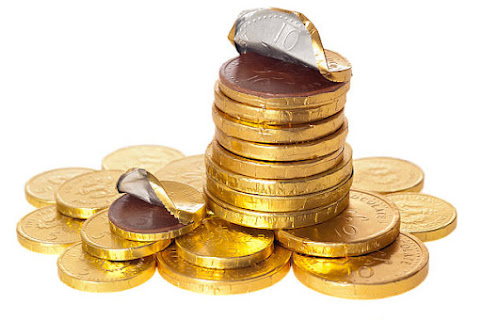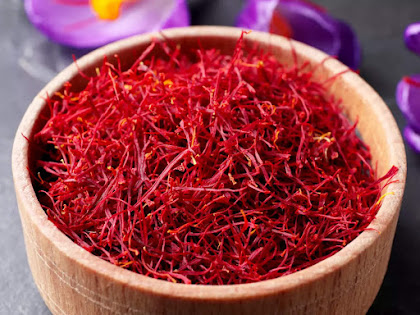Food for Thought: Origins of Dishes You Thought Were Indian
Lauded for its diversity, India’s culture is the result of continual introduction and influence of a variety of rulers. Fought over time and time again, the subcontinent was subjected to a colourful combination of cultures- British, Portuguese, Persian and Mughal. The cultures brought around by these rulers slowly seeped through the country, soon accepting it as their own. Culinary influence was undeniable, much like any other facet of culture. A handful of dishes synonymous with Indian cuisine are in fact, not Indian at all. These crowd favorites have their origins buried in the multi-faceted history of the subcontinent.
Biryani
Fragrant basmati rice infused with spices, vegetables and meat; Biryani is almost soul food to the people of India, especially penny pinching college students. While the delicacy may be a star dish on many menus in India, the dish itself originated far from its borders. A product with its roots in Persian cuisine, biryani was popularized throughout the country during the rule of the Mughals, as believed by historians. The name is derived from the Persian word Biryani meaning ‘fried before cooking’. Many legends surround the origin of the humble biryani. Some attribute it to Mumtaz Mahal’s demand to create a dish of rice and meat to feed seemingly undernourished soldiers, others say conqueror Taimur brought along the dish during his exploits in India. Either way, we’re glad we were introduced to the treat.
Samosa
Spicy masala filled into folded pockets, the Samosa is arguably the most popular warm street food snack. While the dish makes an appearance ever so often at the breakfast table in every Indian household, the heart-warming (and clogging) fried dish is not native to the country. It is believed to be originated at the empires in the Iranian plateau, then known as sanbosag. The recipe then travelled to Central Asia, slowly trickling down to India. Traditionally filled with meat, spices and dried fruits, a vegetarian counterpart was soon created for the masses of India. The shape and nomenclature of the dish have evolved repeatedly along its journey across the continent.
Gulab Jamun
A seemingly quintessential Indian dessert, Gulab jamun is the ideal end to a satisfying meal. Dipped in a concentrated sugar syrup called chashni, this fried dough ball is a well-known sweetmeat across the country. While the country has accepted it as its own, the origins of the gulab jamun lie in Persian cuisine. Like many other dishes originating from now Iran, this dessert was brought to the Indian subcontinent during the Mughal period. The name itself derives from two words, Gul (flower) and Jamun (a black fruit commonly consumed in India).
Vindaloo
Tender meat floating in a spicy, flavorsome curry, Vindaloo is a traveller’s first choice on a trip to Goa. While years of development and remaking has made the dish very Indian with addition of local spices and ingredients, however the dish is not as Indian as it tastes now. Once ruled by the Portuguese, Goa has extremely strong Portuguese representation. Vindaloo is also a contribution of the Portuguese to India. The name itself is a misplaced version of the Portuguese delicacy carne de vinha d’alhos, that travelled to India in the 15th century along with the Portuguese explorers. If you like the fiery meal, you have the Portuguese to thank.
Jalebi
A fresh, hot serving of jalebi is difficult to resist. The fried dish is poured into oil in a intertwining scribble and then dipped into chashni to add sweetness to the crunchy shape. This breakfast favourite of the country is popular throughout the country and eaten often with varied accompaniments- Fafda in Gujarat, Rabri in Northern states and samosa at tea time. While the sheer popularity of the dish has led people to believe that it is native to India, the reality is surprisingly. The oldest mention of the recipe can be found in a book titled ‘Kitab al-Tabeekh’ under the name Zalabiya, originally a West Asian dish, an undeniable feature at all festivities. This dish soon became an Indian treat once it was brought by the Mughals, adapting to the regional pronunciation Jalebi.
Pav
Vada pav, Keema pav, Misal pav, Pav Bhaji, the list of dishes accompanied by this fluffy bread is endless. If you are a resident of Western India, you must be aware of the superiority of pav to the more typical rotis and parathas. These blocks of bread are often a major component of street food in Maharashtra, especially Mumbai. As much as we’d like to take credit for it, the pav has apparently has been given to us by the Portuguese. An active influence in history, especially in Western India, the Portugeuese are said to have brought the bread variant to the country as a counterpart to the flatbreads typical of the country.
AC Vlogs & Recipe Channel Link:-








Comments
Post a Comment